The best smartphones money can buy. We only include the best phones in this list, so you can be sure you're always getting the very latest cutting edge tech.
1. Iphone X
SPECIFICATIONS
Weight: 174g
Dimensions: 143.6 x 70.9 x 7.7mm
OS: iOS11
Screen size: 5.8-inches
Resolution: 1125 x 2436 pixels
CPU: Apple A11 Bionic
RAM: 3GB
Storage: 64/256GB
Battery: 2716mAh Apple claims that the iPhone X’s battery will last up to 2 hours longer than the iPhone 7. That should net you:
- Talk time (wireless): Up to 21 hours
- Internet use: Up to 12 hours
- Video playback (wireless): Up to 13 hours
- Audio playback (wireless): Up to 60 hours
Rear camera: Dual 12MP wide-angle and telephoto cameras (Wide-angle: ƒ/1.8 aperture; Telephoto: ƒ/2.4 aperture). It has an optical zoom, and a digital zoom up to 10x. It also features Apple’s Portrait Mode, which made its debut in the iPhone 7 Plus and is also found in the iPhone 8 Plus. You can also test out the Portrait Lighting beta on the iPhone X.
Front camera: 7 MP f/2.2 TrueDepth camera, also compatible with Portrait Mode. It’s the only camera compatible with Apple’s new Animoji feature.
Video recording:
- 4K video recording at 24 fps, 30 fps, or 60 fps
- 1080p HD video recording at 30 fps or 60 fps
- 720p HD video recording at 30 fps
Splash, water, and dust resistance: Rated IP67 under IEC standard 60529, which means it can be submerged underwater for 30 minutes at a depth of 1 meter (slightly more than 3 feet).
Charging compatibility: Lightning port, wireless (Qi compatible)
Headphone jack? Nope.
Home button? Nope.
Headphone jack? Nope.
Home button? Nope.
REASONS TO BUY.
+Incredibly desirable+Future of the iPhone
REASONS TO AVOID
-Gestures take getting used to-Fragile
Is the iPhone X the best phone this year? Yes. But only by a whisker. The Samsung Galaxy S8 is so close (especially if you prefer Android), while Apple’s own iPhone 8 Plus gives you so much of the iPhone X technology without the extra cost. In the end though, it's the ultra-desirability of the iPhone X that wins it.
The first thing that strikes you about the design is, obviously, the 5.8-inch AMOLED screen. It's certainly true that the edge-to-edge screen looks absolutely stunning, both from a design perspective and from a technology viewpoint.
Of course, there's also the top 'notch'. This does intrude on the screen slightly, especially when you want to be fully immersed in something, but call me crazy – I kind of like it. It gives the phone a visual identity.
Aside from the screen you've got Apple's blazing fast A11 Bionic processor, fantastic dual camera with portrait lighting mode, and FaceID (which actually works very well).
It’s the marriage of software and hardware, something that Apple's always been good at, that’s so effective here and that’s especially the case when it comes to Face ID.
iPhone X: Price, colors, storage
The iPhone X starts at $999 for 64GB of storage, which is the highest starting price of any iPhone to date.
- 64GB: $699
- 256GB: $1149
To compare, the 4.7-inch iPhone 8 is $699 for the same storage. The iPhone X is available in silver and space grey (sorry, gold fans—that finish is reserved for the iPhone 8 and 8 Plus).
iPhone X: Order information
The iPhone X is now available for purchase, but you may not get one right away. As of this writing, if you go to Apple.com and order an iPhone X, the company says the phone will ship in about a week. Apple has said demand for iPhone X has been “off the charts,” but hasn’t released any specific pre-order numbers.
You could try your luck by visiting your local Apple store; they have limited stock. If you go through the ordering process online, you can see if the iPhone X is available at the Apple store near you.
Face ID replaces Home button
Without a home button for Touch ID, how does one unlock the iPhone X? With your face! Face ID uses a TrueDepth camera-and-sensor system along the top edge of the iPhone X to detect your face quickly, even in the dark—and even with glasses on, or after a dramatic haircut.
Face ID uses more points of comparison than Touch ID, and the iPhone X uses depth-sensing so you shouldn’t be able to fool the system with a photograph or even a high-quality mask. You have to actually look at the iPhone too—if your eyes are closed or you’re looking away, it won’t work. So, no, your kids can’t unlock your iPhone while you’re asleep. (And they could do that with Touch ID!) Be careful if you have an evil twin, though, warns Phil Schiller.
TrueDepth uses a whole array of sensors to get this done, in fact. Infrared sensors can detect your face in the dark. The dot projector helps create a mathematical model of your face and compare it to the stored model. A machine-learning neural engine is even built into the iPhone X’s A11 Bionic chip to process FaceID in real time, right on the device. But because Touch ID has gotten so fast, Apple really has a high bar to clear with Face ID.
To access the home screen or multitasking menu, you just swipe up from the bottom edge of the screen. Swipe up quickly to go to the home screen, like you’re sweeping the app off the screen, or pause mid-swipe to instead go to the app switcher. You can even swipe between apps if you swipe along the very bottom edge of the screen. You can summon Siri by saying “Hey Siri,” or just by pressing and holding the Sleep/Wake button on the side of the iPhone X.
Apple Pay also uses Face ID to authenticate transactions. Apps can use the Face ID system too, just like they could use Touch ID already.
New cameras for AR and Animoji
Like the iPhone 7 Plus, the iPhone X sports two 12-megapixels cameras on the rear, only this time the lenses are stacked vertically. They still protrude from the back of the phone just slightly, but it’s hard to mind when you consider the specs: dual optical image stabilization, larger sensors for lower-light performance, higher dynamic range, zero shutter lag, and an improved quad-LED True Tone flash.
Coupled with iOS 11’s Camera app, the iPhone X supports Portrait mode and the beta Portrait Lighting feature, which detects the different planes of a person’s face and adjusts the lighting on each one to make everyone look their best. In fact, even the TrueDepth camera on the front of the iPhone X supports Portrait mode and Portrait Lighting—best selfies ever.
On the front of the iPhone X, the True Depth face-recognizing camera system has more tricks than just Face ID. A new feature in Messages called Animoji can mimic your mood and expression. They track 50 facial muscles to sync the emoji with what you’re saying, and then send your “talking head” to a friend. You get a dozen options at launch, including the poo emoji.
Yes, your dreams of turning yourself into an animated talking lump of excrement (or, I guess, chocolate pudding?) are finally coming true.
A11 Bionic chip
Inside, the iPhone X sports an A11 Bionic chip, which Apple says is 70 percent faster than the A10 Fusion in the iPhone 7 and 7 Plus. It has six cores, two for high-performance computing that are 25 percent faster, and four efficiency cores to save battery life during lower-intensity tasks. A performance controller can even combine all six cores at once.
Apple even designed its own GPU, a three-core version that’s up to 30 percent faster than the GPU in the iPhone 7. Graphics performance is useful for more than just big-name games, though—the iPhone X needs it for augmented reality apps and machine learning too.
Wireless charging with Qi
iPhone X supports wireless charging with the Qi standard, and Apple will offer existing Qi charging solutions in its retail stores. Next year, Apple will even sell its own extra-wide AirPower charging pad that can simultaneously charge an iPhone X, an Apple Watch Series 3, and even a set of Air-pods once you spring for a new charging case that supports Qi.
iPhone X: Hands-on
After the iPhone X unveiling, Macworld contributor and Six Colors author Jason Snell got to spend some hands-on time with the device. His verdict?
“My first impression is that, in many ways, this is the iPhone that Apple has always wanted to build—one where the front face is almost entirely covered by a screen. And what a screen—a bright, colorful OLED display that Apple claims is the best by far that it’s ever put on an iPhone.”
The iPhone X has an OLED display. Why is this a big deal?
The iPhone X is Apple’s first OLED phone, meaning that each pixel directly produces light rather than being backlit like an LCD display. As we’ve seen on Android phones from Samsung, Google, and others, OLED colors are more vibrant with deeper blacks, greater brightness, and superb contrast. In case you’ve never seen a Galaxy phone, you can see the benefits of OLED on the Apple Watch screen.
The iPhone X’s display has a resolution of 2436 x 1125, for a shocking pixel density of 458 ppi. Apple’s calling it Super Retina. Like the iPhone 8, it supports TrueTone to adjust the color temperature to the ambient light around you.
There are also battery benefits. With OLED screens, black pixels don’t produce any light, so the phone actually conserves energy by using dark colors. Apple claims the iPhone X will get two additional hours of battery life over the iPhone 8. Obviously, this is something we’ll test in our review, and battery life varies based on how you use your phone, but Apple’s estimates are usually reliable.
One drawback, however, might be supply. OLED screens are more difficult to manufacture, and Apple is going to need a lot of them. Recent rumors suggest there may be a long wait before the iPhone X gets into customers’ hands.
Won’t the iPhone X camera notch get in the way of apps?
While the notch juts into a significant portion of the top of the screen, it won’t actually affect useable space. The status bar splits itself into two equal parts, with the time to the left of the notch and the cellular signal, Wi-Fi, and battery indicators to the right.
So, while the background color and image extend to the top of the screen, it’s really just for looks—all useable space is below the notch.
How will the notch work in landscape mode?
The screen will orient itself just short of the notch, so you’ll have two thin bars on either side of the screen to properly frame the app or video.
How will I use Touch ID without a home button?
Apple has ditched Touch ID in the iPhone X for a new system called Face ID. You can also use a swiping gesture paired with a passcode.
What’s Face ID?
Face ID is Apple’s new bio-metric system for unlocking the iPhone X and for confirming Apple Pay transactions on the device as well. It will likely utilize a new 3D camera for accurate and secure scanning. In the iOS 11 GM, developer Guilherme Rambo found the full Face ID setup process, complete with toggles for using it to unlock, pay, and auto-fill; a screen that describes how it works; and authentication animation.
We’ve had mixed results using facial recognition on other phones, but Mark Gurman of Business Insider says the system will be “quicker, more secure, and more accurate” than Touch ID. (Craig Federighi’s onstage hiccup during the unveiling of Face ID was a security measure.) Jason Snell noted that the system was pretty fast during his hands-on time (although he wasn’t able to set up or use Face ID himself.)
So I won’t be able to use my fingerprint to unlock my iPhone X?
Sadly, no, you won’t be able to unlock iPhone X with your finger. If Touch ID is a feature you can’t live without, it’s still available on the iPhone 8 and 8 Plus.
So, how will I get back to the home screen?
iPhone X features a new gesture-based navigation system, so there will be a learning curve. Instead of tapping the home button to get back to the home screen, you’ll find a new navigation bar on the bottom of the iPhone screen. Pulling up from the button of the screen will now bring you back to the home screen, and a longer pull will bring up the new app switcher-Control Center combo.
How will I access Siri on iPhone X?
In addition to setting up “Hey Siri,” you can summon Siri by holding the sleep/wake button.
Are there any cool iPhone X-only features?
 9to5Mac
9to5Mac
Yes. Face ID is an iPhone X-only feature, but the phone’s TrueDepth camera that packs the Face ID sensors also allow for another fun iPhone X-clusive feature: Animoji. Users will be able to create custom animated messages that use your voice and reflect your facial expressions using the iPhone X’s 3D camera to analyze the movement of your face and apply your expression to your emoji of choice. You’ll have 12 emoji to pick from at launch—yes, including that one. If you’ve ever wanted to send a poop emoji that is animated with your personality, you might need to get an iPhone X.
Will AirPods be included in the iPhone X box?
Sadly, no. However, a new AirPods container will be released soon, and it will support wireless charging just like the iPhone X.
It looks pretty fragile. What will it cost to repair?
If you don’t purchase Apple Care+ (which costs an extra $199 for two years of coverage), Apple will charge $279 to replace a broken screen and $549 for any other damage to the device that isn’t covered under the usual warranty. Apple Care+ customers will be charged $29 for screen repairs and $99 for any other damage up to two instances. Learn more about iPhone screen repair and other iPhone repairs.
2. SAMSUNG GALAXY S8
SPECIFICATIONS
Weight: 155g
Dimensions: 148.9 x 68.1 x 8mm
OS: Android 7.0
Screen size: 5.8-inches
Resolution: 1440 x 2960 pixels
CPU: Exynos 8895 Octa
RAM: 4GB
Storage: 64GB
Battery: 3000mAh
Rear camera: 12 MP f/1.7
Front camera: 8 MP f/1.7
REASONS TO BUY
+Amazing design+Almost flawless
REASONS TO AVOID
-Fingerprint sensor location-ExpensiveThe Samsung Galaxy S8 is the best Android smartphone in the world right now, boasting the brilliant Infinity Edge display which occupies 84-percent of the body and cutting-edge guts. Yep, this futuristic smartphone is a looker, and instantly made its competitors look dated. It's the next step in smartphone design.
The S8 is the complete package, as well as the amazing display and industry-leading specs, this handset also has decent battery life, an excellent camera and amazing performance. With all of that combined, you get not only the best-looking smartphone, but one of the top performing smartphones in the universe. Yes, the universe!
We think the 5.8-inch S8 is perfect, but if you're after an ever larger smartphone, Samsung also offers the Galaxy S8+, which features a massive 6.2-inch display.
Okay, so unfortunately Samsung hasn't released a perfect phone - there are a few small niggles - such as the weirdly places fingerprint sensor next to the camera and poor Bixby implementation. But we guarantee you won't be disappointed if you buy this phone.
3. GOOGLE PIXEL 2 XL
SPECIFICATIONS
Weight: 175g
Dimensions: 157.9 x 76.7 x 7.9mm
OS: Android 8
Screen size: 6.0-inches
Resolution: 1440 x 2880 pixels
CPU: Qualcomm Snapdragon 835
RAM: 4GB
Storage: 64/128GB
Battery: 3520mAh
Rear camera: 12MP f/1.8
Front camera: 8MP f/2.4
REASONS TO BUY
+Great camera+Super software
REASONS TO AVOID
-Plastic-like metal-Lackluster screen
We can't tell you how close it is between the Google Pixel 2 XL, iPhone X and S8 for the title of 'best smartphone in the world.' All three are great, but the sleek design, and amazing screen puts the iPhone and Samsung in the lead, just. The Google Pixel 2 XL is still an amazing smartphone - especially if you prioritize camera quality and want software straight from Google.
Whether it's the excellent camera, the metal-and-glass chassis, the oodles of power involved or just the fact that the software and virtual assistant work in perfect harmony with the hardware, Google's got a lot right here and this is a brilliant phone.
2017 was when Google came into its stride with the Pixel sequels. Google now has clear vision for its flagship smartphones. The design is distinctive and has character, and the Pixel 2 XL's edge-to-edge screen makes it the one to go for.
Of course, if you prefer smaller screens, the 5-inch Pixel 2 is also available, which is identical the OG (apart from size and screen).
4. ONEPLUS 5T
SPECIFICATIONS
Weight: 162g
Dimensions: 156.1 x 75 x 7.3mm
OS: Android 7.0
Screen size: 6-inches
Resolution: 1080 x 2160 pixels
CPU: Qualcomm Snapdragon 835
RAM: 6/8GB
Storage: 64/128GB
Battery: 3300mAh
Rear camera: Dual 16MP f/1.7 + 20MP f/1.7
Front camera: 16MP f/2.0
REASONS TO BUY
+Low price for flagship+Premium build with all-screen design
REASONS TO AVOID
-Not waterproof-'Only' HD screen
Looking to upset dominance by the big brands is OnePlus, who took the mobile world by storm in 2014 with one goal, to be the flagship killer. We think it's latest smartphone, the OnePlus 5T, has finally achieved that goal.
The OnePlus 5T gives you the latest smartphone trends, including an impressive 6-inch edge-to-edge display and dual camera set up with portrait mode. These new features are backed up by crazy powerful specs, a lightning fast fingerprint sensor, and a genuinely premium design.
Perhaps what's most impressive is that you'll get all of that for less than £500.
The OnePlus 5T isn't perfect though, the premium aluminium casing still lacks waterproofing, and the screen is only HD, rather than QHD (2K) found in many of its more expensive rivals.
Still, it's a very impressive phone, and if you're reluctant to spend more than £500 on a device, this is definitely the one to go for.
5. IPHONE 8 PLUS
SPECIFICATIONS
Weight: 202g
Dimensions: 158.4 x 78.1 x 7.5mm
OS: iOS11
Screen size: 5.5-inches
Resolution: 1080 x 1920 pixels
CPU: Apple A11 Bionic
RAM: 3GB
Storage: 64/256GB
Battery: 2691mAh
Rear camera: Dual 12MP
Front camera: 7 MP f/2.2
REASONS TO BUY
+Excellent camera+Convenient wireless charging
REASONS TO AVOID
-Dated design-iPhone X is coming
SPECIFICATIONS
Weight: 202g
Dimensions: 158.4 x 78.1 x 7.5mm
OS: iOS11
Screen size: 5.5-inches
Resolution: 1080 x 1920 pixels
CPU: Apple A11 Bionic
RAM: 3GB
Storage: 64/256GB
Battery: 2691mAh
Rear camera: Dual 12MP
Front camera: 7 MP f/2.2
REASONS TO BUY
+Excellent camera+Convenient wireless charging
REASONS TO AVOID
-Dated design
Here we have the iPhone 8 Plus - probably one of the most anticipated smartphones of the year. Some feel its sheer size does make it tricky to hold, but there's no denying Apple's beautiful 5.5-incher is a winner. If you prefer iOS to Android and don't want to splash out on the iPhone X, this should be your first choice.
Apple has chosen to stick with a similar design to the iPhone 7, swapping the out the all-metal case for a glass back and making it heavier (more premium feeling). There is a glorious new Gold colourway available, and to top it off, the glass casing allows Apple to add wireless charging. The recent S8 design does make the iPhone 8 feel slightly dated now, however.
It's inside where the iPhone 8 Plus has received the biggest overhaul - now packing Apple's blazing fast A11 Bionic processor. The dual camera has also received a significant upgrade, now a better sensor and smart software powering it. To finish it off, the iPhone 8 Plus comes running iOS 11, Apple's latest and greatest mobile OS.
It is expensive, and may be too large for some, so the standard iPhone 8 with a 4.7-inch display is also worth your consideration.
6. HTC U11+
SPECIFICATIONS
Weight: 188g
Dimensions: 158.5 x 74.9 x 8.5mm
OS: Android 8.0
Screen size: 6-inches
Resolution: 1440 x 2880 pixels
CPU: Qualcomm Snapdragon 835
RAM: 4/6GB
Storage: 64/128 GB (expandable)
Battery: 3930mAh
Rear camera: 12MP f/1.7
Front camera: 8MP f/2.0
REASONS TO BUY
+Great camera+Amazing sound and software
REASONS TO AVOID
-Only available from HTC-Fragile design
The HTC U11+ is the most impressive smartphone HTC has made in many years. Taking the best bits from the U11 and combining it with a sexy edge-to-edge display, with a bit of extra innovation thrown in for good measure.
It's again shown the rest of the competition how to make a premium smartphone, and its camera, battery life and performance is right up there too. HTC has really worked on the criticisms of the previous generation devices, and created their best ever flagship smartphone.
It's great to see HTC innovating with the squeezable edges, which make interacting with the device much easier, and the minimal tweaks they've made to stock Android are amazing, making this one of our favourite smartphones in 2018.
7. HUAWEI MATE 10 PRO
SPECIFICATIONS
Weight: 178g
Dimensions: 154.2 x 74.5 x 7.9mm
OS: Android 8.0
Screen size: 6-inches
Resolution: 1080 x 2160 pixels
CPU: Kirin 970
RAM: 4/6GB
Storage: 64/128GB
Battery: 4000mAh
Rear camera: Dual 20MP + 12MP Leica
Front camera: 8MP f/2.0
REASONS TO BUY
+Premium design+Battery life+Buisness features
REASONS TO AVOID
-Software-'Just' HD screen
The Huawei Mate 10 Pro is the latest flagship from the Chinese smartphone giant, and we really, really like it. It's the ideal smartphone if you need a powerhouse for business, but it's also got plenty of features which make it great as a personal device as well.
We love the Mate 10 Pro's Leica-branded dual camera, which can capture some very pleasing images, and the OS is coming on leaps and bounds as well.
One of the coolest features packed into the device is mobile-PC experience when you hook up it to an external display. It only needs a USB-C to HDMI cable, rather than powered dock, making it more portable and as a result, immeasurably more useful.
But it's not quite perfect. The UI still lags behind its competitors, as does the camera. While we love the design, it's a little more generic than the likes of Samsung and Google.
Despite its flaws, we really enjoyed using it, thanks to a neat blend of design and features. Plus, the battery life is class leading, capable of lasting around two days.
8. LG G6
SPECIFICATIONS
Weight: 163g
Dimensions: 148.9 x 71.9 x 7.9mm
OS: Android 7.0
Screen size: 5.7-inches
Resolution: 1440 x 2880 pixels
CPU: Qualcomm Snapdragon 821
RAM: 4GB
Storage: 32/64GB
Battery: 3300mAh
Rear camera: Dual 13MP
Front camera: 5MP f/2.2
REASONS TO BUY
+Large screen+Dual camera
REASONS TO AVOID
-Less premium than rivals-UI
LG has finally made a good-looking, premium smartphone free from gimmicks. There are a lot of features we love here - that wide-angle screen is great, the bezels are tiny, and the dual-camera is really handy. Basically, we really enjoyed using it.
But it’s far from a perfect phone. LG has used a 2016 chipset, so it’s not the most efficient smartphone available, and the skin over Android Nougat isn't the best out there. It also feels less premium than its rivals, with a slightly hollow feel to the rear casing.
Certainly though, LG has done enough to redeem itself from the unfortunately unsuccessful G5 last year. It wasn't the best Android phone released in 2017, but we don’t think you’ll regret buying it, especially if you can pick it up for a decent price.
9. HONOR VIEW 10
SPECIFICATIONS
Weight: 172g
Dimensions: 157 x 75 x 7mm
OS: Android 8.0
Screen size: 5.99-inches
Resolution: 1080 x 2160 pixels
CPU: Kirin 970
RAM: 4/6GB
Storage: 64/128GB
Battery: 3750mAh
Rear camera: Dual 20MP + 16MP
Front camera: 13MP f/2.0
REASONS TO BUY
+Great price+Excellent design
REASONS TO AVOID
-So-so software-Low light photography
If you disregard the price, the Honor View 10 is a good smartphone, it has a solid design, decent camera, and high-end specs (it's essentially the Huawei Mate 10 Pro). But when you take the price into consideration, it becomes the bargain of the century.
There are a lot of neat touches, too, we especially like the single navigation key, and the dual camera is capable of taking some striking images.
The Honor View 10 is 100% solid in every key respect, although, it may lack that little bit of innovation which makes a phone a true Android flagship. Still, we really can't fault it at the price.
10. IPHONE SE
SPECIFICATIONS
Weight: 113g
Dimensions: 123.8 x 58.6 x 7.6mm
OS: iOS 10
Screen size: 4.0-inches
Resolution: 640 x 1136 pixels
CPU: Apple A9
RAM: 2GB
Storage: 32/128GB
Battery: 1624mAh
Rear camera: 12MP f/2.2
Front camera: 1.2MP f/2.4
REASONS TO BUY
+It's small!+Great battery life
REASONS TO AVOID
-Old, boxy design-Due an update
Notice how all of these smartphones have 5+ inch screens? What if you have small hands? You can't reach all four corners of the screen. It's a problem not many of us face, but the truth is -- some people just prefer smaller phones but don't want to sacrifice high-end specs. The iPhone SE is for you.
With a 4-inch screen and guts which match the iPhone 6S, including the 12MP rear camera, 2GB RAM, Apple Pay, Retina display, and Apple A9 chip-set, this thing is a little pocket rocket.
There are a few drawbacks - the design isn't beautifully curvaceous like the iPhone 8 (the SE is based on the iPhone 5), the front-facing camera has fewer megapixels, and the Touch ID fingerprint sensor is older and therefore slower. The best thing about it? Despite its range-topping specs, the iPhone SE is also one of the cheapest smartphones Apple has ever released. What's not to love?




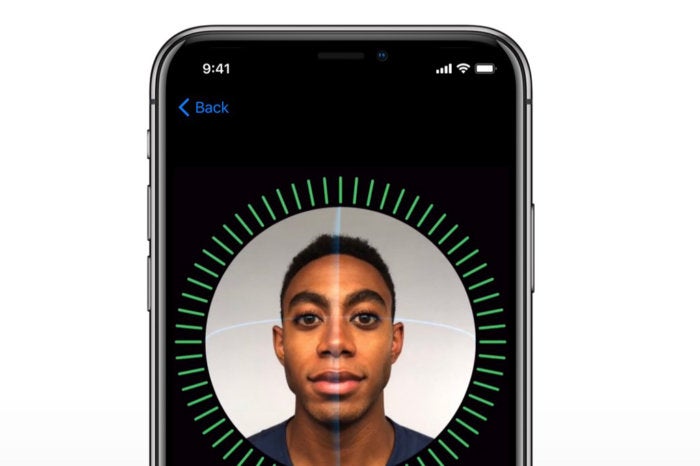
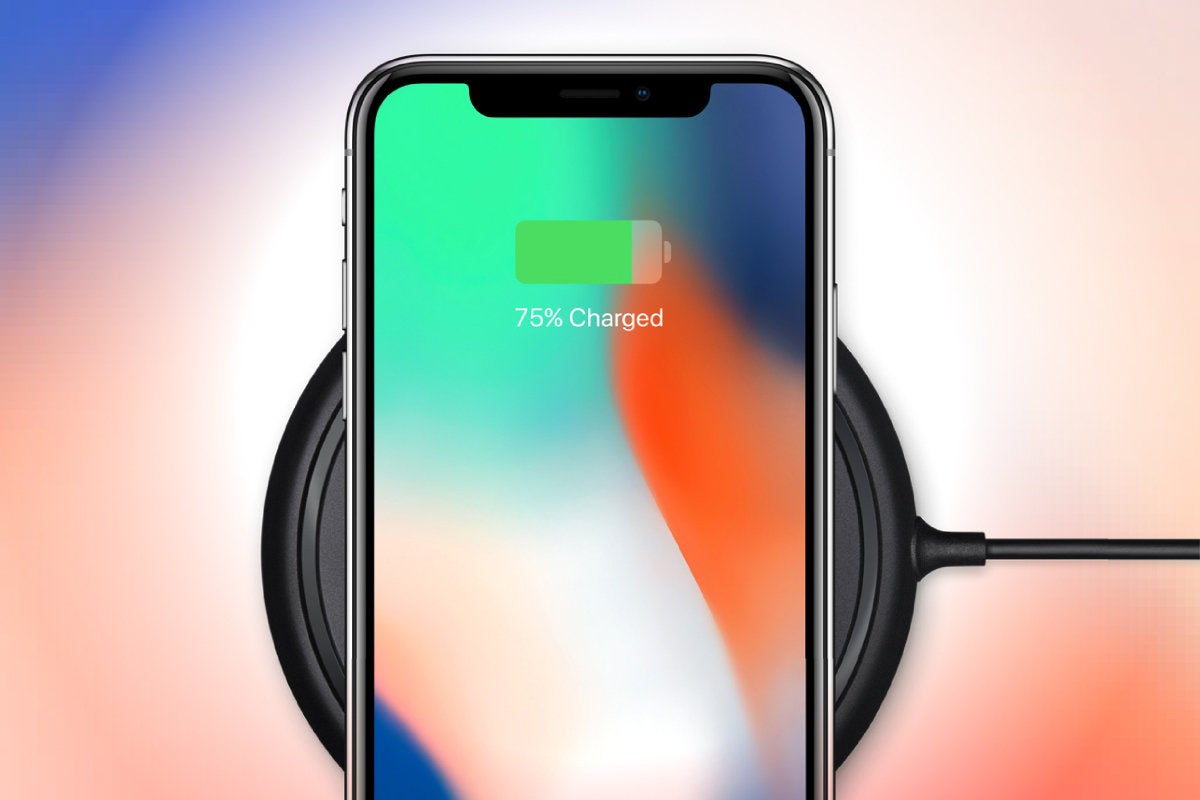
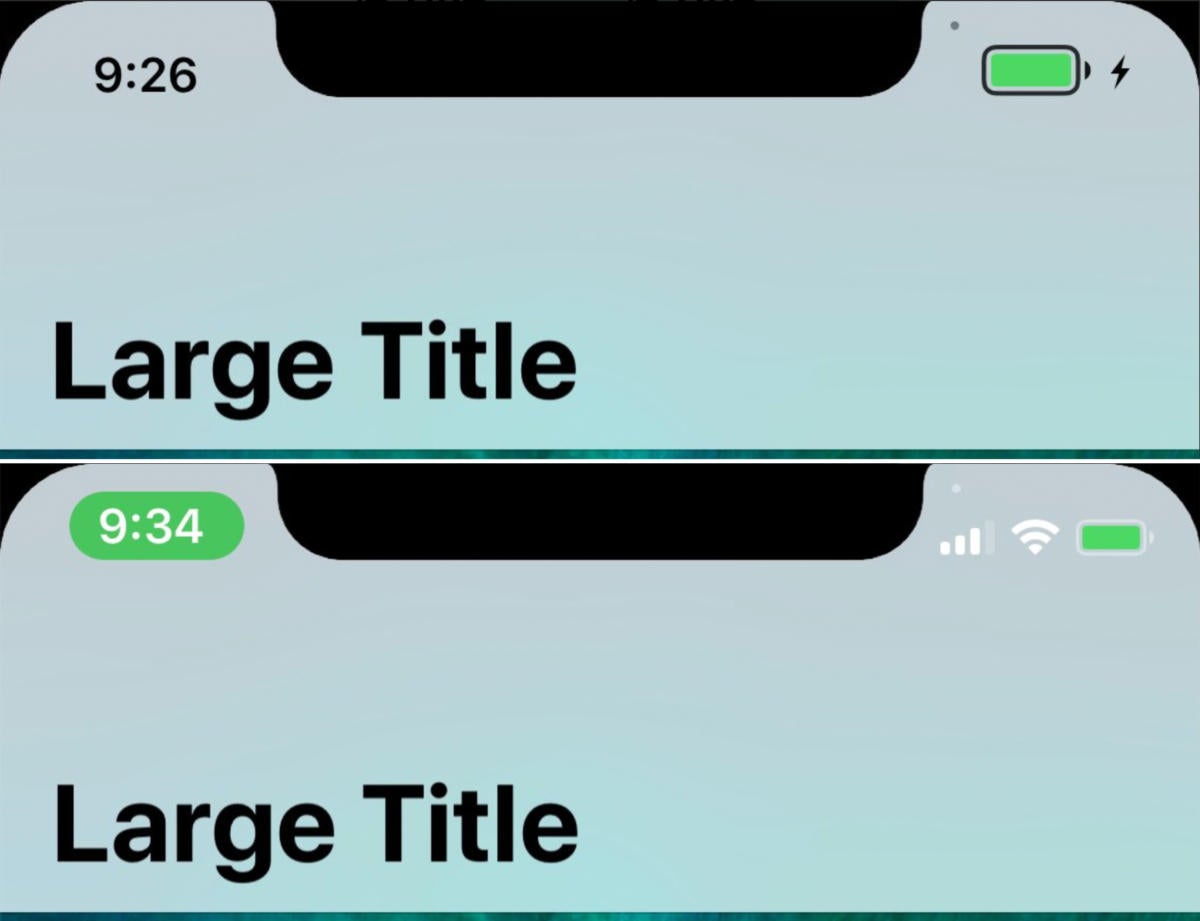
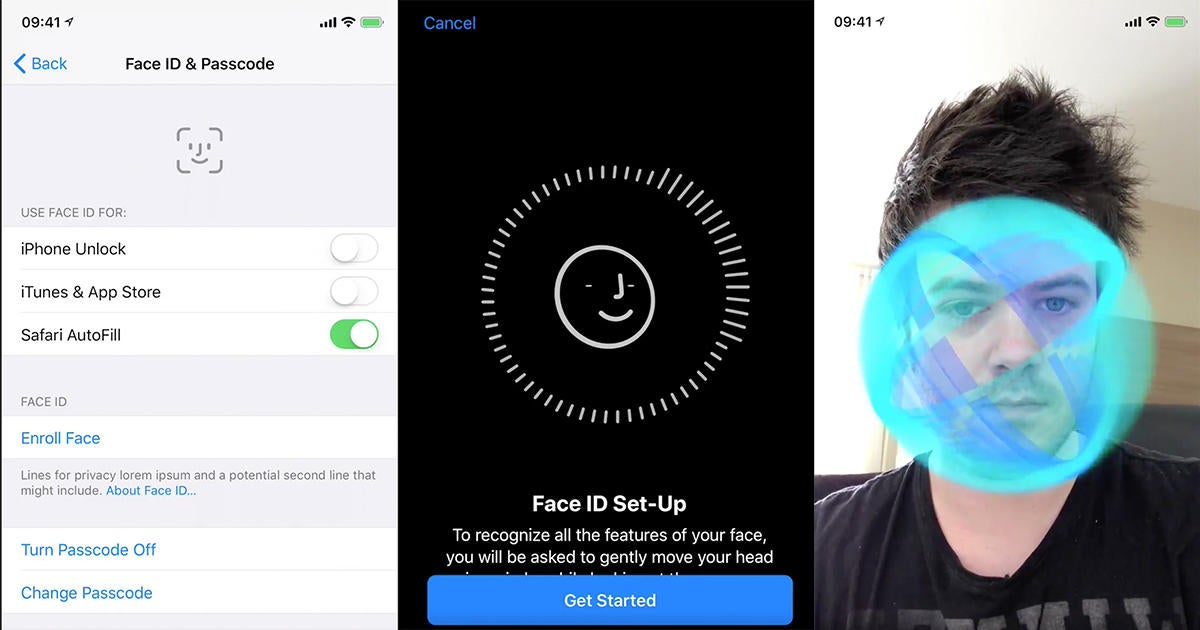
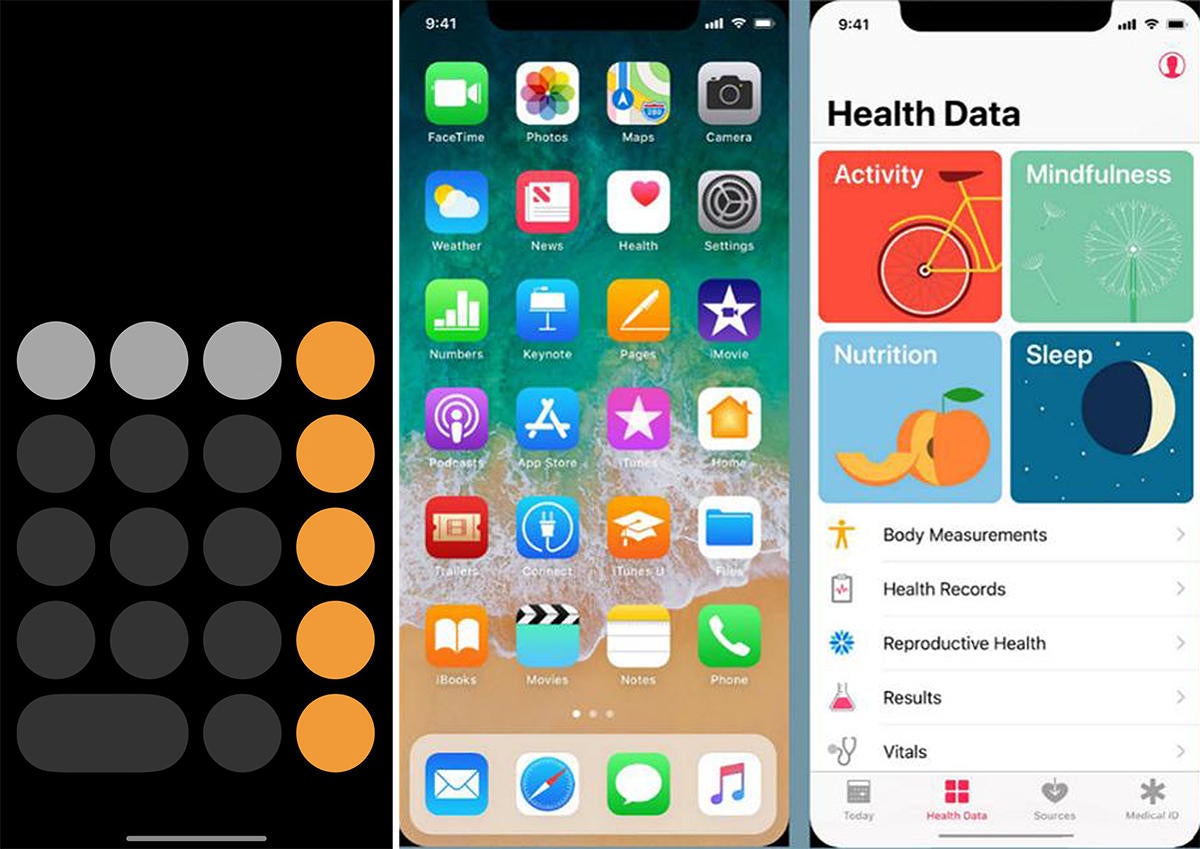















No comments:
Post a Comment